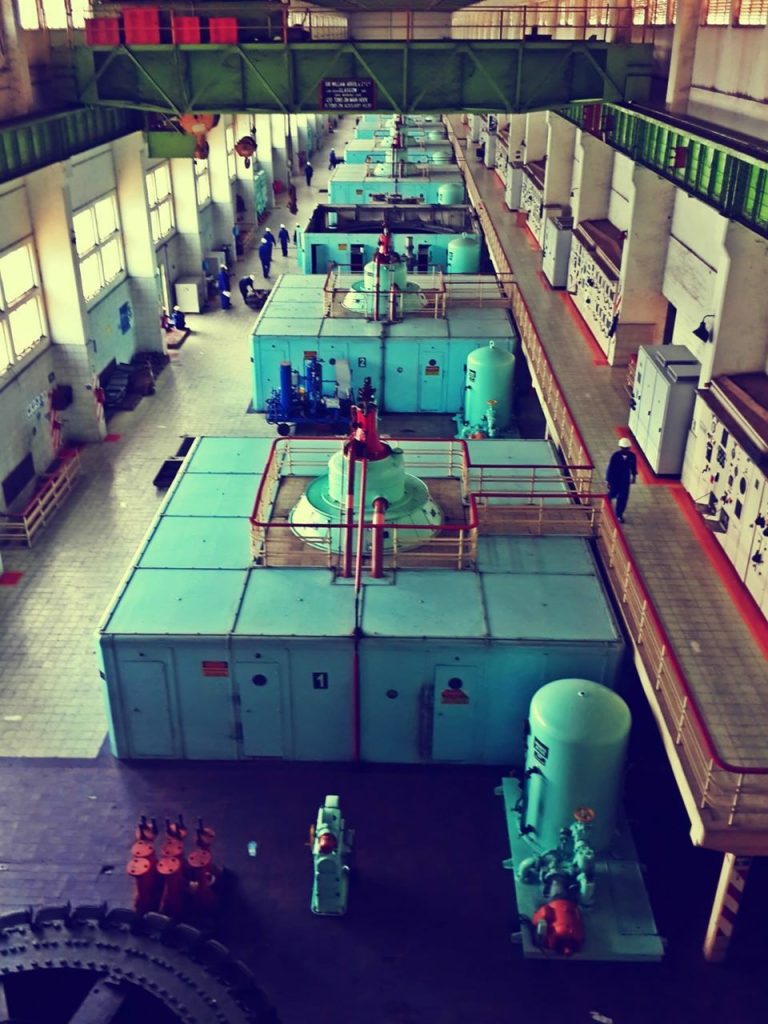By Ian Ortega
In October 2009, Phase One of the Kampala Northern Bypass project was completed. Phase One consisted of both single and dualized sections. It took another 12 years before Phase Two was completed to ensure that all sections were now of a dual carriageway nature with the additional bridges and interchanges.
At the time of Phase One, the experts had explained that the demand didn’t yet exist to justify a dualized carriageway at the start. But these models were wrong, because emerging economies work differently. In many cases, the current and projected demand (extrapolated from current) will not always justify most capacity investments. Yet, it will be foolhardy to make capacity investments in these emerging economies based on these demand numbers.
Every capacity project in emerging economies opens its own demand. That was the major learning on the Kampala Northern Bypass project. The same learning was transferred to the Entebbe-Airport expressway.
The bigger learning however was that emerging economies must make their capacity decisions fast and early. If we assume that all emerging economies seek to industrialize, then they must consider that they are going to war. And in war, you do not get to the frontline before you remember to order you anti-missile system, self-propelling artillery, these capacity decisions you make them in advance. First, because by the time you recognize that you need them, it will always be too late.
To use Uganda as a case-study, the country ought to make some major energy capacity and transport capacity decisions in the next five years. And progress on those decisions with the kind of seriousness that borders on existential threats.
In the Energy sector, Uganda must kickstart either the Ayago Dam Project or the Buyende Nuclear Power Plant. Ayago is projected to add 840MW to the country’s energy bank. Buyende on the other hand will add 8400MW. Yet, the country is currently late to those projects. Ayago is stalled with the country seeking an investor, while Buyende is undergoing site assessment with the South Koreans. Of course, this is also the time for Government to bring in some imagination to critical infrastructure financing. With infrastructure bonds being mooted, a special case should be made for some of these projects.
The backdrop of this move to ensure Government moves fast on these projects is because it has set an agenda to industrialize the nation. And no nation gets to industrialize without this energy and logistics base load. Of course, this then brings in the big discussion around the Standard Gauge Railway, the Oil Refinery and a full opening up of River Nile and Lake Victoria Potential.
In the next five years, there should be sufficient policy instruments to drive the efficient and effective implementation of these nation-critical projects. If a needle isn’t moved in this direction, then we can also argue that perhaps Uganda’s industrialization is a fantasy project. You need the energy for the industries. And you also need the logistics to move the inputs, the goods, the people and the information around.
About the Author: Ian Ortega is an Industrial Policy School and Manufacturing Industry Enthusiast.

